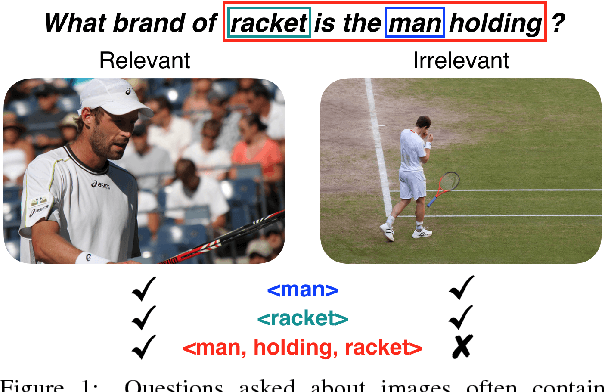Aroma Mahendru
PaLM 2 Technical Report
May 17, 2023



Abstract:We introduce PaLM 2, a new state-of-the-art language model that has better multilingual and reasoning capabilities and is more compute-efficient than its predecessor PaLM. PaLM 2 is a Transformer-based model trained using a mixture of objectives. Through extensive evaluations on English and multilingual language, and reasoning tasks, we demonstrate that PaLM 2 has significantly improved quality on downstream tasks across different model sizes, while simultaneously exhibiting faster and more efficient inference compared to PaLM. This improved efficiency enables broader deployment while also allowing the model to respond faster, for a more natural pace of interaction. PaLM 2 demonstrates robust reasoning capabilities exemplified by large improvements over PaLM on BIG-Bench and other reasoning tasks. PaLM 2 exhibits stable performance on a suite of responsible AI evaluations, and enables inference-time control over toxicity without additional overhead or impact on other capabilities. Overall, PaLM 2 achieves state-of-the-art performance across a diverse set of tasks and capabilities. When discussing the PaLM 2 family, it is important to distinguish between pre-trained models (of various sizes), fine-tuned variants of these models, and the user-facing products that use these models. In particular, user-facing products typically include additional pre- and post-processing steps. Additionally, the underlying models may evolve over time. Therefore, one should not expect the performance of user-facing products to exactly match the results reported in this report.
The Promise of Premise: Harnessing Question Premises in Visual Question Answering
Aug 17, 2017



Abstract:In this paper, we make a simple observation that questions about images often contain premises - objects and relationships implied by the question - and that reasoning about premises can help Visual Question Answering (VQA) models respond more intelligently to irrelevant or previously unseen questions. When presented with a question that is irrelevant to an image, state-of-the-art VQA models will still answer purely based on learned language biases, resulting in non-sensical or even misleading answers. We note that a visual question is irrelevant to an image if at least one of its premises is false (i.e. not depicted in the image). We leverage this observation to construct a dataset for Question Relevance Prediction and Explanation (QRPE) by searching for false premises. We train novel question relevance detection models and show that models that reason about premises consistently outperform models that do not. We also find that forcing standard VQA models to reason about premises during training can lead to improvements on tasks requiring compositional reasoning.
Object-Proposal Evaluation Protocol is 'Gameable'
Nov 23, 2015



Abstract:Object proposals have quickly become the de-facto pre-processing step in a number of vision pipelines (for object detection, object discovery, and other tasks). Their performance is usually evaluated on partially annotated datasets. In this paper, we argue that the choice of using a partially annotated dataset for evaluation of object proposals is problematic -- as we demonstrate via a thought experiment, the evaluation protocol is 'gameable', in the sense that progress under this protocol does not necessarily correspond to a "better" category independent object proposal algorithm. To alleviate this problem, we: (1) Introduce a nearly-fully annotated version of PASCAL VOC dataset, which serves as a test-bed to check if object proposal techniques are overfitting to a particular list of categories. (2) Perform an exhaustive evaluation of object proposal methods on our introduced nearly-fully annotated PASCAL dataset and perform cross-dataset generalization experiments; and (3) Introduce a diagnostic experiment to detect the bias capacity in an object proposal algorithm. This tool circumvents the need to collect a densely annotated dataset, which can be expensive and cumbersome to collect. Finally, we plan to release an easy-to-use toolbox which combines various publicly available implementations of object proposal algorithms which standardizes the proposal generation and evaluation so that new methods can be added and evaluated on different datasets. We hope that the results presented in the paper will motivate the community to test the category independence of various object proposal methods by carefully choosing the evaluation protocol.
 Add to Chrome
Add to Chrome Add to Firefox
Add to Firefox Add to Edge
Add to Edge